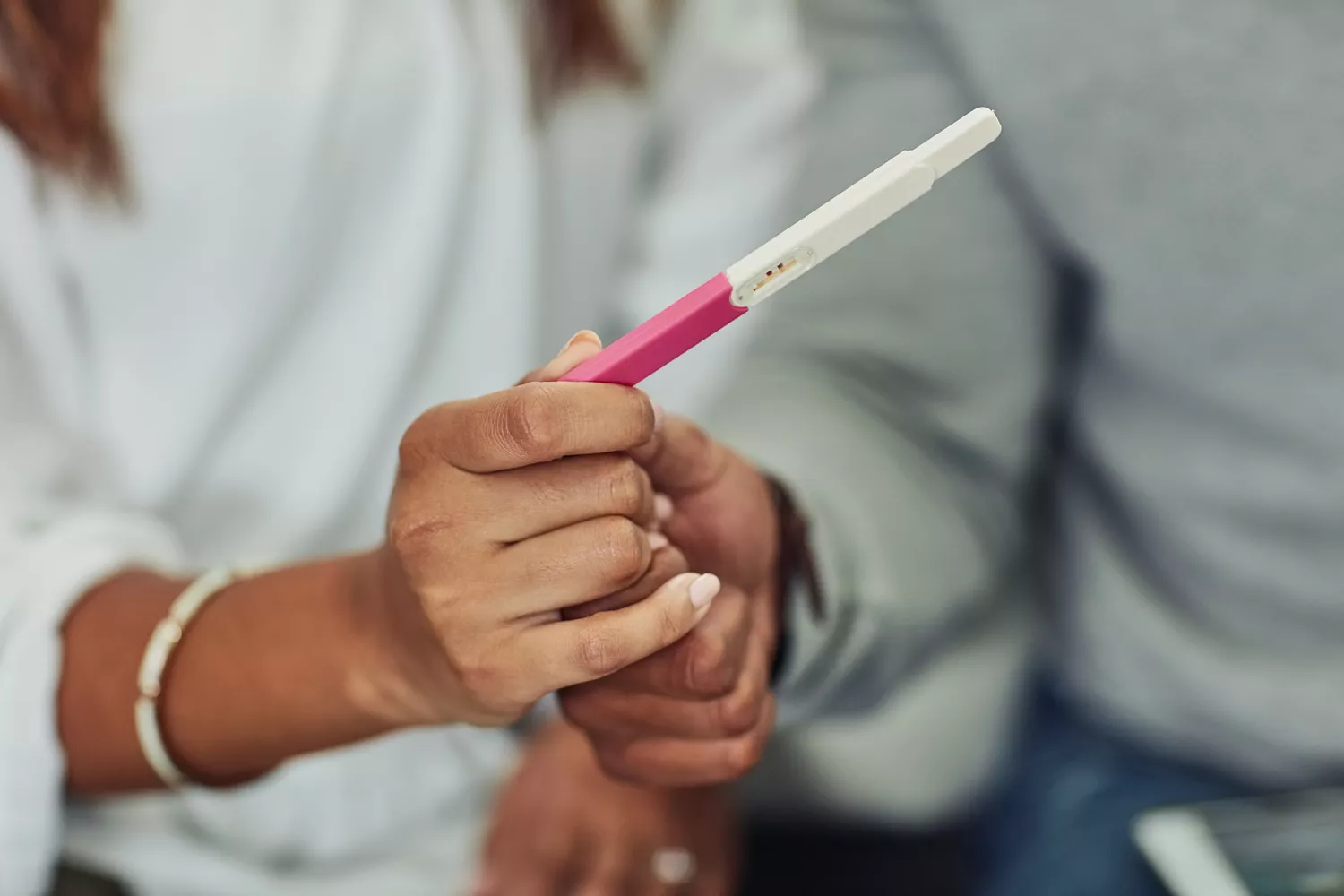What happens during the Luteal phase of the menstrual cycle?


You’ve probably heard of the luteal period if you’re trying to get pregnant or tracking your menstrual cycles. The luteal phase is one of four phases in the menstrual period. It occurs before the start of your period and prepares your uterus for pregnancy.
The luteal period has its own signs, symptoms and functions. Experts were consulted to find out more about the luteal phase and its role in reproduction. If you are trying to conceive, or curious about how your body functions, keep reading.
How do I know if I am fertile?
What is the Luteal Phase of the Luteal Phase?
The luteal period occurs in the second part of your menstrual cycles. The uterine lining thickens and prepares the uterus for pregnancy.
What is the Luteal phase and why is it important?
The luteal period occurs in the second part of your menstrual cycles, after the follicular stage, when ovary follicles are produced. Melanie Bone is an OB/GYN, U.S. medical director of daye. These phases can overlap the other two phases of your menstrual cycle, ovulation and period.
The luteal stage is closely linked to the production of progesterone by the body. This hormone helps maintain early pregnancy, if it occurs. The release of progesterone leads to the thickening uterine lining. If pregnant, the body continues to produce progesterone in order to build the uterine walls for embryo implantation. Bone. Bone.
The luteal phase is not only important during pregnancy. “Progesterone plays a crucial role in maintaining healthy bones, sleep cycles and metabolism,” says Dr. Bone. It’s important to monitor your luteal phases to ensure you are within normal parameters.
How long does the luteal phase last?
The length of the luteal period can vary from person to person, just like everything else related to a woman’s cycle. This phase can last anywhere between 11 to 17 days depending on the length of your cycle. Bone.
You may want to take note of a luteal period that is shorter than average. This can indicate gynecological or fertility issues.
This defect can lead to miscarriage or some a data-component=”link” data-ordinal=”1″ data source=”inlineLink” and/or other fertility challenges. This defect may lead to miscarriage, or fertility issues”, explains Dr. Bone.
It’s therefore important to be aware of the signs and symptoms of the luteal stage in a healthy person.
A Short Menstrual Period Can Tell You About Your Chances of Pregnancy
Signs of Luteal phase
The luteal period begins in the second half, just before one’s menstrual cycle. The body’s levels of progesterone change during the luteal period. People may suffer from symptoms like mood swings and anxiety, fatigue, bloating or acne, headaches, and breast tenderness. Bone.
It’s crucial to track your ovulation and, if you want to get pregnant, your base body temperature to distinguish between the two.
Can you get pregnant during the luteal phase?
You should know that you can become pregnant for most of your period cycle without birth control. Dr. Bone says that the luteal period is no different. Bone.
She says: ” technically yes, it is possible to get pregnant in the luteal period, but only within the first 2 days. An egg produced during the ovulation stage can only survive 12-24 hours.”
It’s important that you speak with a doctor if you think your luteal period is too short. This could make it more difficult to conceive.
The menstrual cycle is important for your overall health and can also affect your chances of conception if you’re trying to conceive. Speak to your OB-GYN about your luteal period and menstrual cycle in general. This will help you better understand your body so that you are prepared, no matter what your goal is.








